The authors of a new study from Mie University (Japan) said that the chromosome that causes Down syndrome can now be removed thanks to advanced gene editing technology.
Down syndrome affects about 1 in 700 newborns in the United States, caused by an extra copy of chromosome 21.
Children with Down syndrome often have many health problems such as congenital heart disease, thyroid disease..., mild to moderate intellectual disability, difficulty in learning, language and motor skills.
Researchers have long sought ways to correct this extra chromosome because current interventions do not address the root cause.

Down syndrome causes many health problems as well as slows down the intelligence of young children (Illustration: Pexels).
Recent work by Dr. Ryotaro's group from Mie University has shown a promising approach with CRISPR-based methods.
CRISPR-Cas9 is a versatile gene-editing system that relies on an enzyme that recognizes specific DNA sequences. When the enzyme finds a suitable spot, it cuts through the DNA sequence. Scientists design CRISPR guides to target only the unwanted chromosome.
This technique, called allele-specific editing, helps guide the cutting enzyme to the right location.
After the extra copy was removed, the edited cells showed improved gene expression. Genes involved in nervous system development were more active, and bad genes were also reduced in activity.
Now, according to research published in the journal PNAS Nexus , CRISPR DNA editing technology can remove excess chromosomes in affected cells, returning cell behavior to closer to normal function.
However, CRISPR can also affect healthy chromosomes. Researchers are refining the technology to target the extra copy of chromosome 21.
Dr Hashizume, who led the research, hopes their work can be used to design regenerative and therapeutic therapies that tackle genetic excess at its source.
Researchers will continue to analyze the risks of the DNA changes and monitor how the edited cells behave over time and how well they survive in real-world conditions.
The work highlights how CRISPR could help correct genetic errors that cause conditions such as Down syndrome, experts say.
However, researchers still need to continue assessing the risks of large-scale DNA editing and ensuring that edited cells remain healthy under real-world conditions.
Although the technique is a breakthrough, experts warn that more research is needed to ensure the safety and effectiveness of the method in different cell types and in living organisms.
Ethical questions about gene editing in humans also need to be carefully considered before clinical application.
Source: https://dantri.com.vn/suc-khoe/dot-pha-khoa-hoc-da-co-the-loai-bo-nhiem-sac-the-gay-ra-hoi-chung-down-20250719144801016.htm


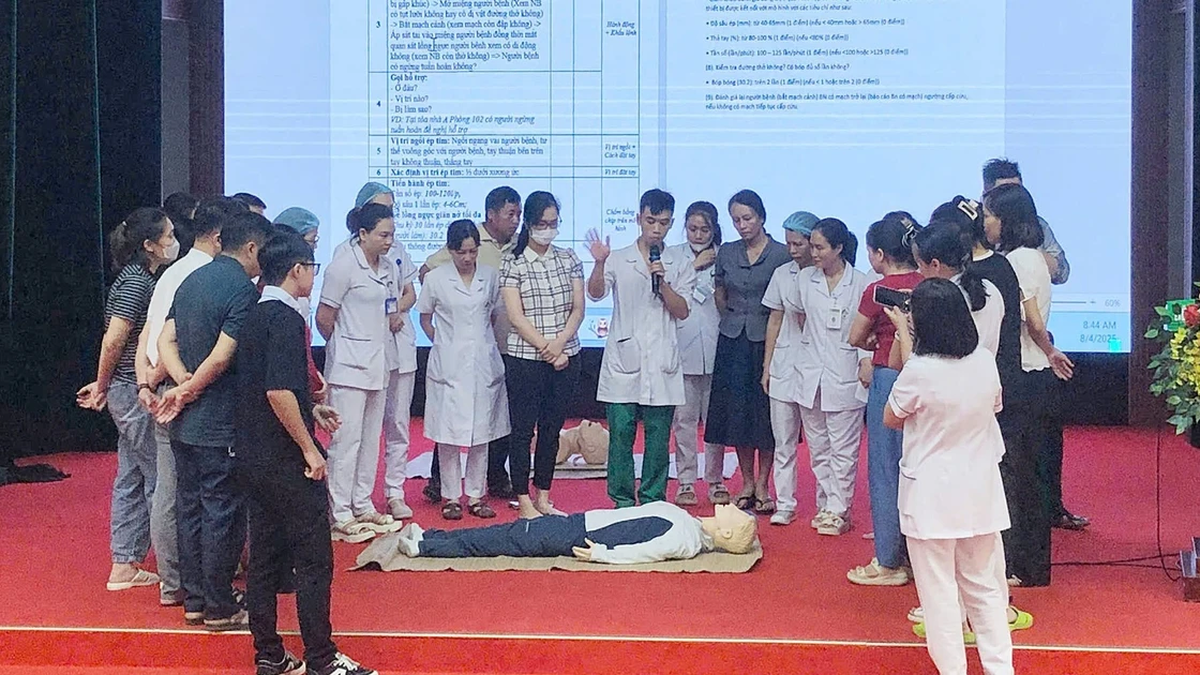



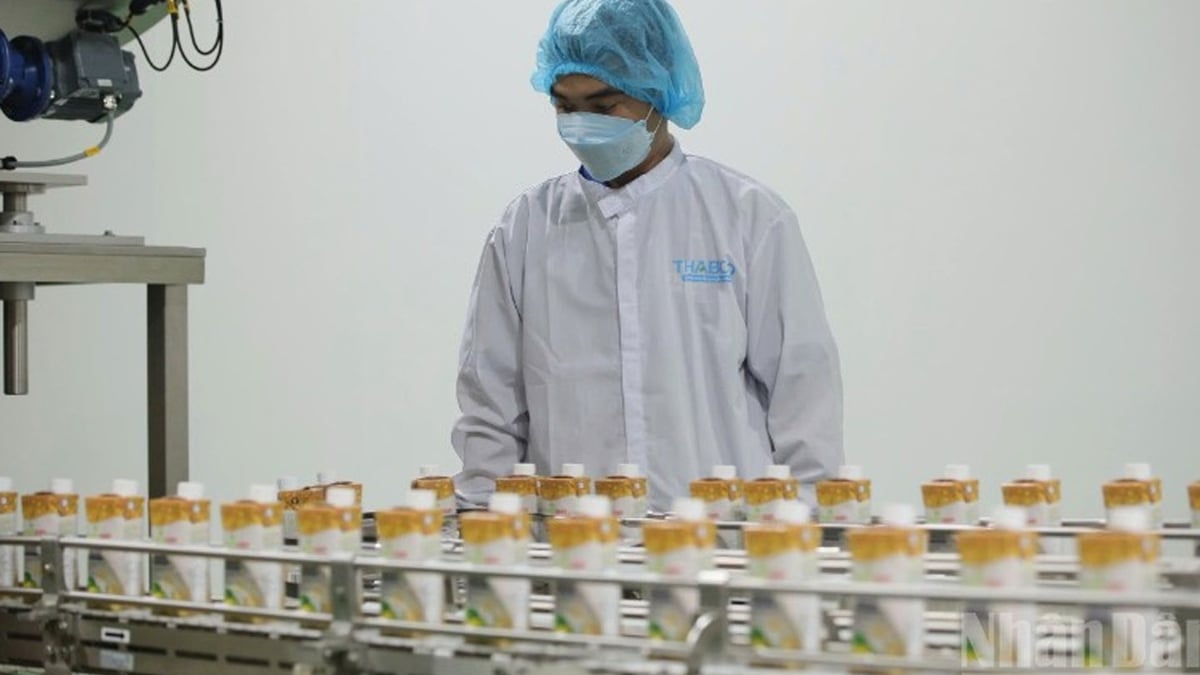


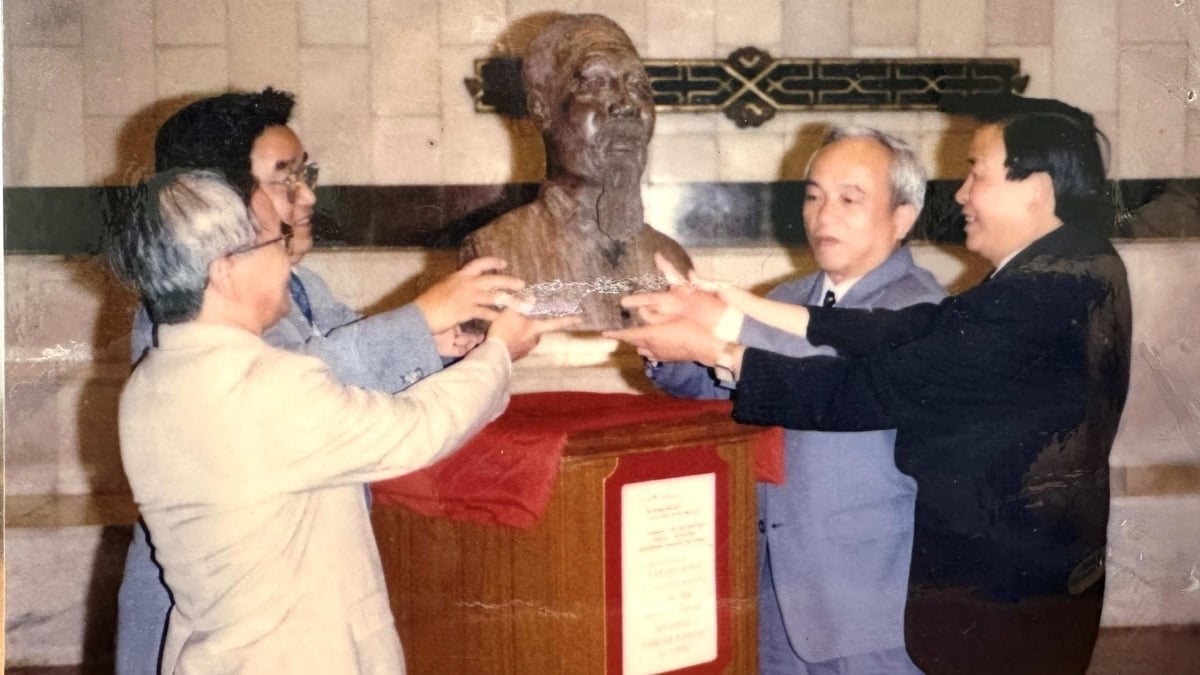


















![[Photo] Discover the "wonder" under the sea of Gia Lai](https://vphoto.vietnam.vn/thumb/1200x675/vietnam/resource/IMAGE/2025/8/6/befd4a58bb1245419e86ebe353525f97)


![[Photo] Nghe An: Provincial Road 543D seriously eroded due to floods](https://vphoto.vietnam.vn/thumb/1200x675/vietnam/resource/IMAGE/2025/8/5/5759d3837c26428799f6d929fa274493)


























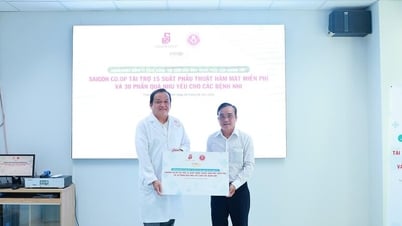













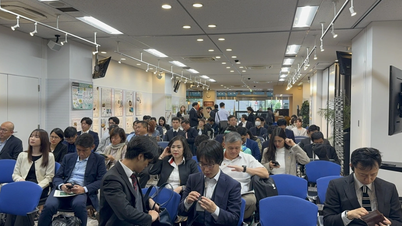
























Comment (0)